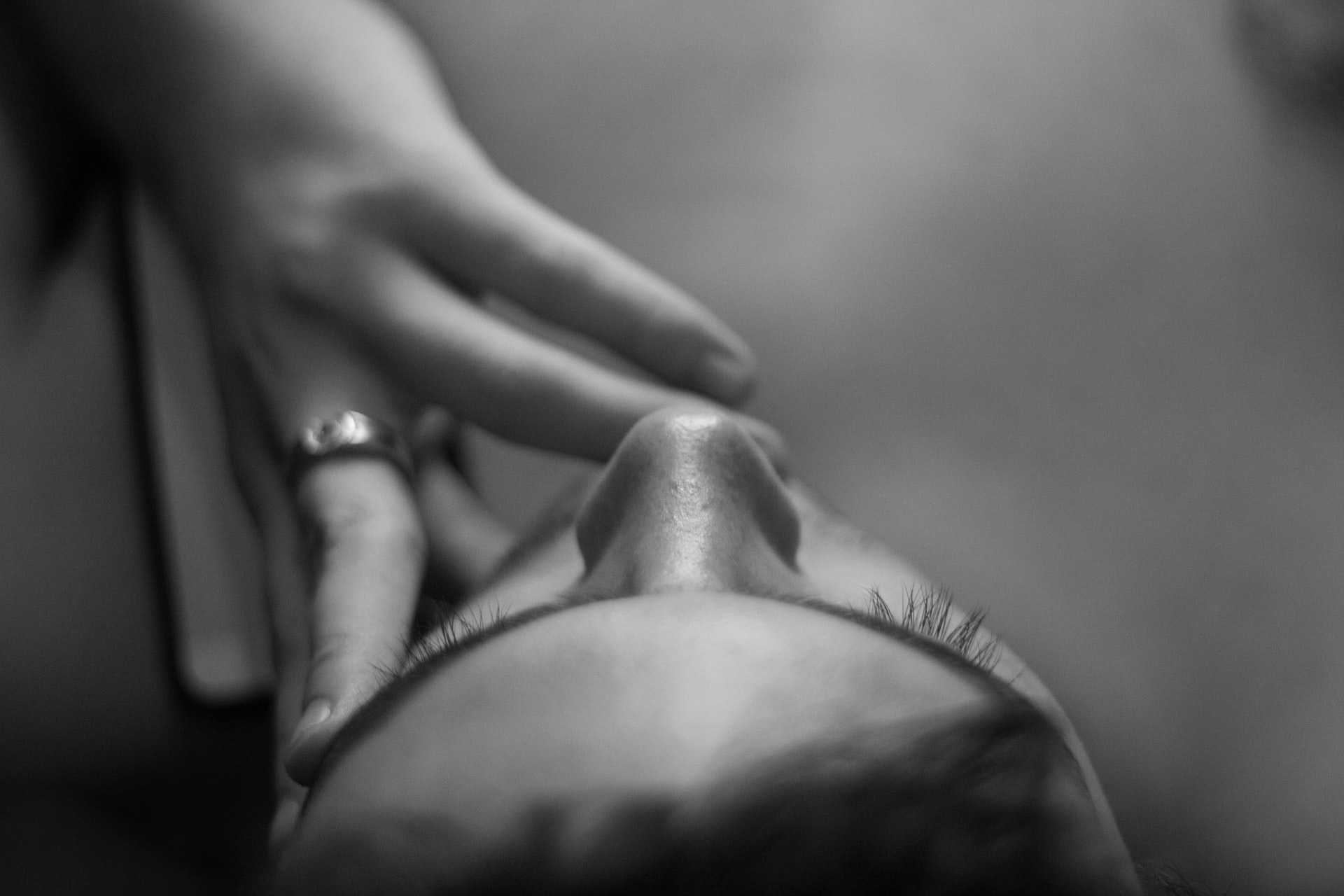
When new research about the skin pops up, we like to stay on top of it. But the idea of acne mapping is hardly new. In fact, it’s been practiced as a part of Traditional Chinese Medicine (TCM) for around 3000 years.
Research has shown that TCM doesn’t have it all right, however. In fact, experts have found that it’s probably a fair bit simpler than TCM makes out. Still, we wanted to dig into it and see what we can take away from the various acne mapping tools out there, since there are actually quite a few schools of thought.
What did we find? Well, some we found useful, some are plain common sense. We’ll let you decide.
What is acne?
Most of us know what acne is, or at least what it looks like. It’s often triggered by fluctuations in our hormone levels, which in turn can affect our sebum (oil) production. When our skin’s sebaceous glands become overactive, it can cause acne.
Overproduction of oils on our skin can lead to inflammation, thanks to usually harmless bacteria growing more aggressive. This inflammation and excess oil, in combination with dead skin cells, can clog our pores and cause acne to flare up. From small pimples to painful pustules, acne comes in a variety of shapes and sizes.
So what does it mean when we have acne in a localised area of our face?
Acne on the Temples and Hairline
Several things can cause acne around the hairline or across your temples, the most common being products we apply to our hair, scalps and skin.
Cosmetics, hair products like gel, hairspray or mousse, and even wearing hats and headbands can lead to flare-ups in this area. This is known as “pomade acne”, or acne cosmetica. Its name is taken from the waxy, oil-based ingredients used in hair products, like silicone or petroleum.
For people who already struggle with acne, these additional products coming into contact with hair and skin can create further blockages that aggravate the condition. But avoiding heavy duty products and using only those that are non-comedogenic and oil-free can help.
As for wearing hats and headbands, that’s usually referred to as acne mechanica. You’ve probably guessed it already, but it’s common in athletes and is caused by a build-up of heat and sweat under the gear. This, combined with the friction of the hat, helmet or headband, can cause serious flare-ups.
This type of acne usually goes away when that friction is removed, but can be minimised by keeping headwear clean and regularly washed.

Acne on the T-zone (forehead, nose and chin)
Self-explanatory, the T-zone is the “T” shaped area across your forehead, and down across your nose and chin. This is probably the most common area for acne breakouts, since these are the parts of the face with the most sebaceous glands.
Some research has shown that acne in this area is linked to stress or a lack of sleep, but like any other area it’s more likely related to an accumulation of dirt, dead skin cells and sebum. It also happens to be one of the areas we regularly touch, meaning that all the dirt on our fingers is transferred to our faces.
Acne on the chin can be an indication that our hormones are out of balance. Getting spots here is common for women during their period, when pregnant or as they enter the menopause. Sometimes, oral contraceptive pills have been shown to suppress the production of sebum and help with hormonal acne, but there are other options, too.
Stress can be another factor in T-zone breakouts, so try to keep your cool and maybe take up meditating (even for a short while) every day. Listening to music or exercise can also be great ideas to de-stress.
If you prefer a more direct approach, choose skincare products that include benzoyl peroxide and use a toner and cleanser that regulate oil production (like retinol or niacinamide).
Acne on the Cheeks
Acne around the mouth and on the cheeks can be aggravated very easily, so it’s important to understand what causes it. Friction from objects we use every day can be one cause, like make-up brushes, face masks, mobile phones and even pillowcases. Any of these items can gather bacteria that is then transferred to our faces and can cause flare-ups.
Understanding this, we can be more vigilant in preventing the transferral of germs. Remember to wash your pillowcases once a week, regularly clean your phone screen, wash your make-up brushes once a week and wear loose, breathable face masks.
Acne on the Jawline
The jawline (and chin) usually flares up because of changes in our hormones, which can overstimulate our oil glands. This can be due to our menstrual cycles (in women) or even due to our diets.
Some research shows that the health of our gut can have an effect, as it changes our hormone levels. Partly, this is because some high carb foods and dairy products have added hormones. But this can also be because we eat a lot more processed food, sugars and white bread than we probably should.
If you think you spot a link between your diet and your acne, try systematically cutting out those foods for a while and watch for improvements. If you see no changes, then you might have to look elsewhere for answers, or see a dermatologist.
It’ll also come as no surprise (given that we mentioned it for cheek acne above), but the acne on your jawline can also be influenced by using a mobile phone. So once again, we repeat, keep that phone clean!
Take Acne Mapping with a Pinch of Salt
So, some of the acne mapping rules seem like common sense, and some of them are a bit more science-y. Either way, there’s limited research in the area, and though it can be a great starting point for helping to reduce your flare-ups and breakouts, it’s not a cure.
The best thing you can do is try to get to know your skin. Everyone’s skin is different, and reacts differently to our environment, diet, mental health and even the products we put on it.
See what works for you, because the acne mapping rules? They’re more like guidelines, anyway.